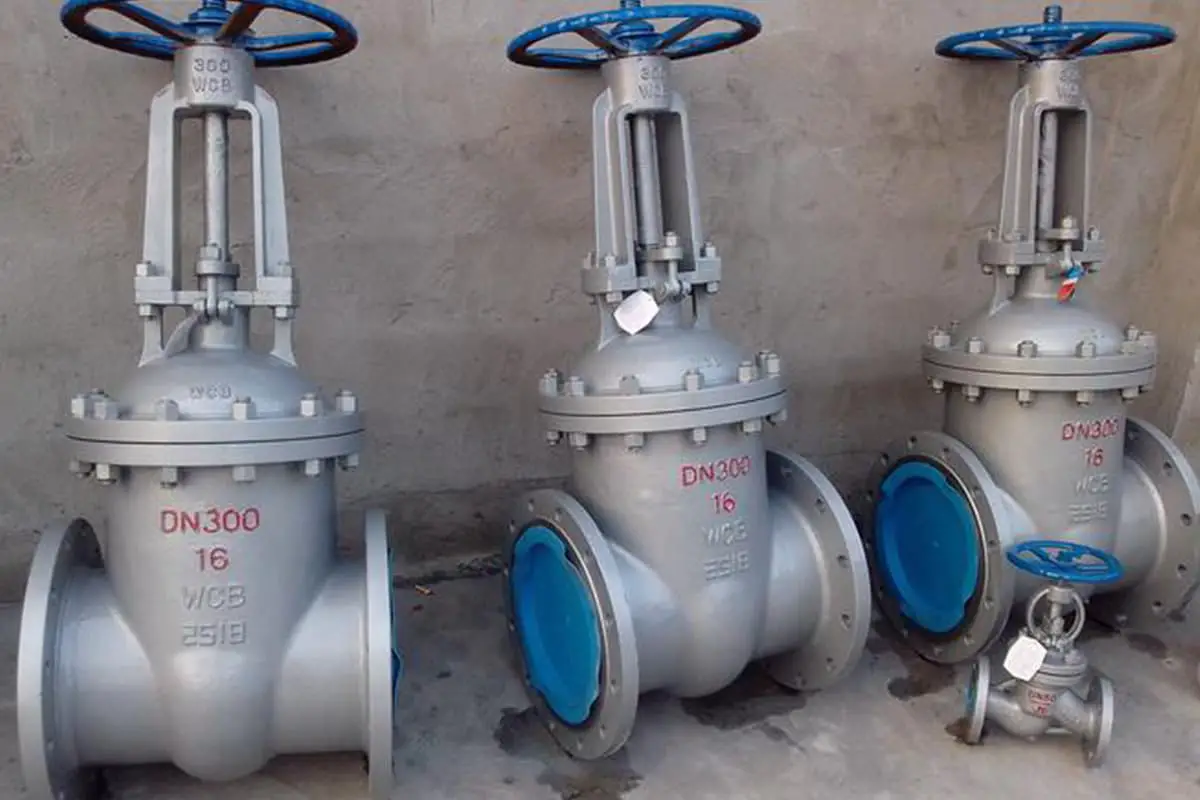
Have you ever considered how essential gate valves are in controlling fluid flow? This article delves into the functionality, advantages, and disadvantages of gate valves, explaining their role in various applications like petroleum pipelines and water supply systems. You’ll discover the different types based on gate and valve stem construction, helping you understand their optimal uses and limitations. Get ready to explore how these crucial components keep complex systems running smoothly and efficiently.

A gate valve refers to a valve in which the closure member (gate) moves vertically along the axis of the passage. It is primarily used to cut off the medium in the pipeline, that is, to be fully open or fully closed.
Generally, gate valves are not suitable for flow regulation. Depending on the material of the valve, it can be used in low temperature low pressure, as well as high temperature high pressure.
However, gate valves are generally not used in pipelines transporting mediums like sludge.

1) Low fluid resistance;
2) Small torque required for opening and closing;
3) Can be used in ring network pipelines where the medium flows in two directions, meaning that the flow direction of the medium is not limited;
4) When fully open, the erosion of the sealing surface by the working medium is less than that of the globe valve;
5) A relatively simple body structure and good manufacturability;
6) A relatively short structure length.
1) Large dimensions and opening height, requiring a large installation space;
2) Greater relative wear of the sealing surface during opening and closing, with scratches likely to appear at high temperatures;
3) Most gate valves have two sealing surfaces, which increases the difficulty of processing, grinding, and maintenance;
4) Long opening and closing times.
1) Parallel gate valve:
The sealing surface is parallel to the vertical centerline, i.e., the gate valve with two parallel sealing surfaces.
2) Wedge gate valve:
The sealing surface forms a certain angle with the vertical centerline, i.e., the gate valve with two wedge-shaped sealing surfaces.
Among the wedge gate valves, there are single gate, double gate, and elastic gate types. Heavy-duty gate valves have simple structures and reliable use, but require higher precision for the angle of the sealing surface, making processing and maintenance difficult, and are likely to get wedged during temperature changes.
Double-gate wedge gate valves are used more in water and steam medium pipelines.
Its advantages are: lower precision requirements for the angle of the sealing surface, temperature changes are less likely to cause wedging, and wear of the sealing surface can be compensated with a gasket.
However, this structure has more parts, is prone to adhesion in sticky media, affecting the seal.
More importantly, the upper and lower baffles are prone to rust after long-term use, and the gate is likely to fall off.
The elastic seat seal gate valve has the advantages of simple structure and reliable use of a single gate wedge gate valve, and can produce a small amount of elastic deformation to compensate for the deviation in the angle of the sealing surface during processing, improving the processability and is now widely adopted.
1) Rising stem gate valve:
The valve stem nut is on the valve cover or bracket. The rise and fall of the valve stem are achieved by rotating the valve stem nut when opening and closing the gate.
This structure is beneficial for the lubrication of the valve stem, and the degree of opening and closing is evident, so it is widely used.
2) Non-rising stem gate valve:
The valve stem nut is inside the valve body and directly contacts the medium. The gate is opened and closed by rotating the valve stem.
The advantage of this structure is that the height of the gate valve always remains the same, so the installation space is small and suitable for large-diameter gate valves or those with space constraints.
This type of structure must have an opening and closing indicator to indicate the degree of opening and closing. The disadvantage of this structure is that the valve stem thread cannot be lubricated and directly receives medium corrosion, which is easy to damage.
1. Petroleum and natural gas delivery pipelines. Flat gate valves with guide holes are also convenient for pipeline cleaning.
2. Delivery pipelines and storage equipment for refined oil.
3. Oil and natural gas extraction wellhead devices, also known as tree valves used in oil extraction.
4. Pipelines with suspended particles.
5. Urban gas delivery pipelines.
6. Water supply projects.








